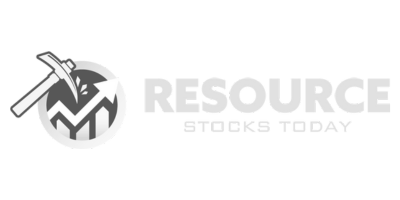
Market recap: Stocks climb as investors shrug off new tariffs and corporate AI pressure mounts
The major U.S. indices closed higher on the first trading day after the announcement of a new package of tariffs, with the S&P 500 finishing up 0.6 percent. The Dow, Nasdaq and Russell 2000 also posted gains as market participants weighed the details and potential economic consequences of the measures announced by the administration. Traders appeared to focus on which companies would be most exposed and how the costs would be handled rather than immediately marking down broad corporate earnings forecasts.
The tariffs announced include broad duties on consumer and capital goods. Specific measures highlighted were tariffs ranging from 30 percent to 50 percent on certain furniture categories including kitchen cabinets and upholstered items, a 25 percent levy on heavy trucks and a 100 percent tariff on imported pharmaceuticals from manufacturers that are not building plants in the United States. The reaction from investors on day one suggested that many believe the initial economic impact will be muted or manageable for large segments of the market.
Market commentary captured a degree of skepticism about the long term bite of the new duties. One market research firm summarized the market view by stating that “Equity and bond markets have taken the view that new tariffs are largely irrelevant, and we don’t see how this new announcement would change that.” Traders pointed to examples of individual stock movements to justify that assessment. Retail and industrial names that appeared most directly exposed traded with modest moves rather than dramatic selloffs.
Furniture and retail names illustrated a mixed but generally resilient outcome. Wayfair initially dropped on the tariff headlines but closed up 1.6 percent, demonstrating that investors may be viewing the impact as a company specific issue rather than a systemic threat. Luxury furniture retailer RH, which had already been hit hard by prior tariff measures, fell 4.2 percent on the news. Even so, RH shares remain higher than they were on August 1, suggesting the market continues to look beyond headline shocks to company fundamentals.
The truck sector provided a useful case study for how differences in supply chains change market outcomes. Daimler Truck, which depends on imports for heavy-duty trucks into the United States, closed down only 1.8 percent despite the 25 percent proposed tariff on heavy trucks. Paccar, which manufactures the bulk of its trucks domestically, rose 5.2 percent. Such divergence underscores that the real effects of tariffs will be shaped by how production and sourcing are structured and where costs ultimately land.
Investors were reminded of an earlier episode when tariffs had a stronger immediate negative effect on markets. Stocks broadly sold off in the spring when the first round of tariffs was implemented. Since then, the market has staged a robust recovery. That rebound appears to be giving many traders confidence that companies will find ways to offset or absorb tariff costs over time, whether through supply chain adjustments, price changes or operational efficiencies.
Still, strategists caution that mitigation tactics remain imperfect and incomplete. One market strategist said that “Tariff mitigation strategies remain works in progress.” The open question is who will absorb tariff related price increases. Will suppliers shoulder the burden, will companies compress margins to preserve market share, or will consumers ultimately pay higher prices? The answer will determine how persistent and broad the profit pressure could be across sectors.
Beyond trade policy, executives are signaling rapid change in how firms plan to deploy labor and manage skills. In an earnings call that drew attention across markets, the chief executive of a global consulting firm warned that reskilling timelines have compressed. The CEO said, “We are exiting on a compressed timeline people where reskilling, based on our experience, is not a viable path for the skills we need.” That blunt comment reflects a growing recognition among corporate leaders that automation and artificial intelligence are reshaping workforce planning and headcount decisions at a pace that many companies did not anticipate.
The combination of tariff pressure and faster technology driven change has implications for margins, capital allocation and hiring. Some firms may decide to invest in domestic production to avoid tariffs. Others may focus on automation and AI to preserve profitability. Both paths have trade offs for costs and near term earnings. For investors, the balancing act will be to separate temporary near term impacts from durable changes to cost structures and competitive positions.
Not every market headline was focused on trade or labor. Consumer related news included a strong move in footwear and casual apparel. Crocs shares rose 6.6 percent after launching a new advertising campaign for its HeyDude brand featuring a high profile actress. In other corporate news, an auto safety recall affecting nearly 200,000 vehicles was announced by a major automaker and regulators. A social media ownership update suggested the parent of a popular short form video app may retain roughly half of U.S. operation profits even after a proposed sale. Residential real estate activity showed a distinct squeeze. Profit margins on house flipping have fallen to the lowest level since 2008 due primarily to rising initial purchase prices.
What to watch next. Traders and investors will keep a close eye on how companies communicate specific mitigation plans and whether pricing pressure begins to show up in consumer facing cost data. Earnings calls and company guidance over the coming weeks should provide more color on whether tariffs will be absorbed or passed on. At the same time, comments from corporate leaders about AI and reskilling will be a key signal about cost takeout and labor strategies going forward. For now the market has chosen to look past the headlines and focus on company level resilience and sector specific exposures.
The first trading day response does not close the book on the economic effects of these measures. The next phase will be determined by corporate choices, supply chain adjustments and the pace at which costs are transferred throughout the economy. Investors are watching closely and pricing in what they believe is a manageable near term impact while preparing for differing outcomes in the quarters ahead.












